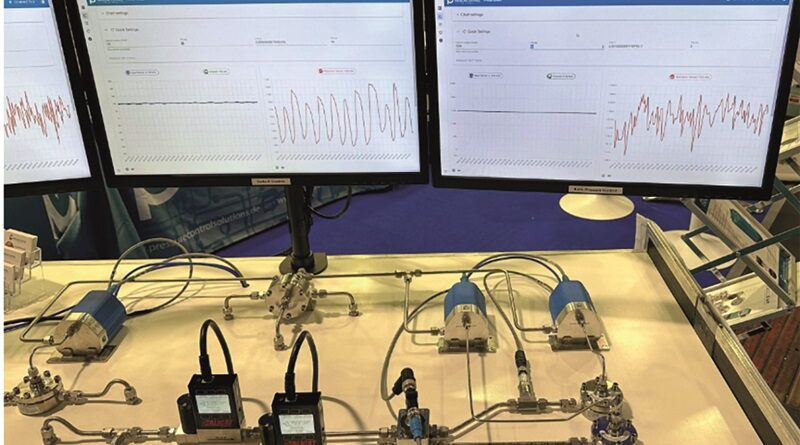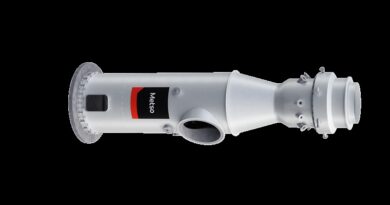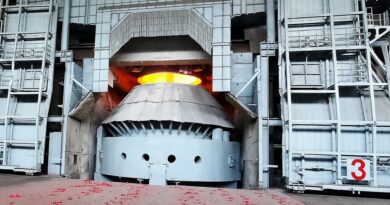KELLER’s gold-plated pressure sensors for measuring hydrogen
KELLER manufactures isolated piezoresistive pressure sensors for the type of pressure measurements invented by KELLER founder Hannes W. Keller. The great advantage of the piezoresistive measuring principle is its high stability. The chip that measures the pressure is installed in an oil-filled cylinder and sealed by a steel diaphragm. This ensures the best possible isolation.
The piezoresistive pressure sensors is also considered one of the most stable for hydrogen applications. Without additional actions, however, an oil-filled sensor can also have a disadvantage. Under certain circumstances, hydrogen molecules can split into two hydrogen atoms at higher temperatures. These atoms are smaller than the pores of the steel membrane. This allows the atoms to penetrate through the membrane into the oil chamber of the pressure sensor. In the oil chamber, they fuse again to form a hydrogen gas molecule (H2), which leads to offset errors due to the expansion. The offset is called the signal deviation of the target value. After all, it must be considered that the medium is gas. The phenomenon described is called “permeation”.
For this reason, KELLER uses gold-plated steel membranes for hydrogen pressure sensors. Gold has much smaller pores than stainless steel. The hydrogen can hardly penetrate the gold layer. This defusing action, together with fully welded sensors without internal seals, confirms KELLER’s competence and strength in the pressure sensor market, including for hydrogen applications. The typical pressure ranges for applications with hydrogen are from 0…2 bar to 0…1000 bar. KELLER offers exactly the suitable sensors for these applications. In addition, the hydrogen pressure sensors are compatible with the EC79 standard for automotive applications.




